Tuesday’s Special Elections In Context
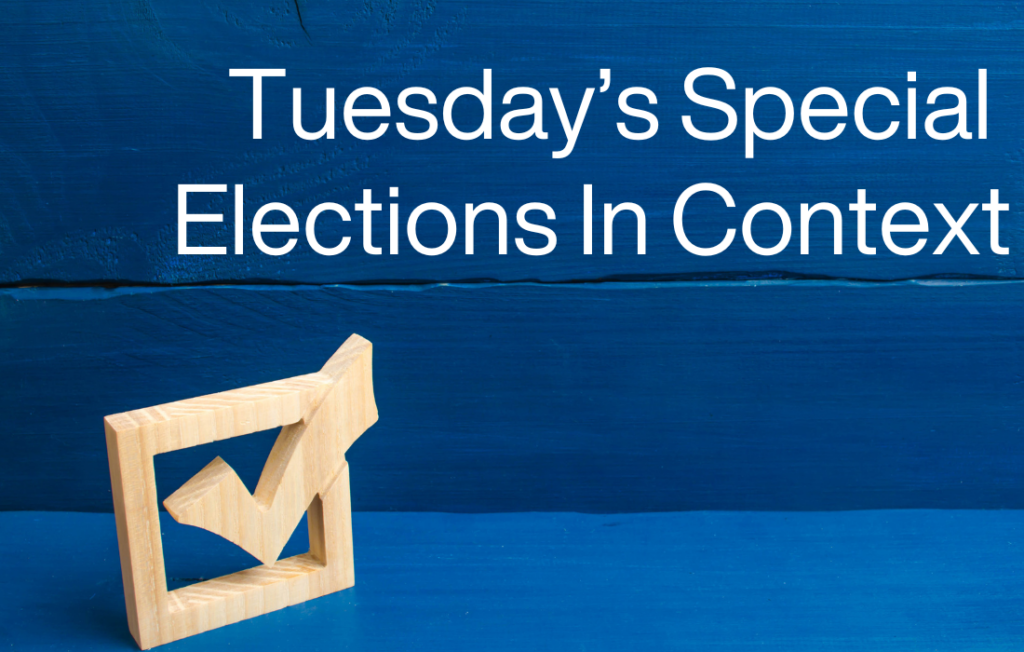
As we watched Tuesday’s coverage of the special election, it seemed that the media was poised for the storyline that Democrats are back. The Wisconsin Supreme Court win was a plus for Democrats, but it is hardly a sign that Democrats’ problems are behind them. As Republicans have learned the hard way, Democrats should beware […]
7 Key Facts From the 2024 Election

It was a new day in Washington as Trump returned to the White House and Republicans have control of the Senate and House. In light of the inaugural events, here is a recap of seven must-know facts from the 2024 election: For more election insights, see our 2024 post election report.
The Battle For Free Speech Is On

Meta has announced a change to their content moderation policies, admitting previous policies have gone too far and fact checkers “have destroyed more trust than they created.” Mark Zuckerberg called the recent election a “cultural tipping point towards once again prioritizing speech.” Nowhere is the battle over free speech more intense than in higher education, which is struggling to deal […]
The Big Change For Congressional Republicans In 2025
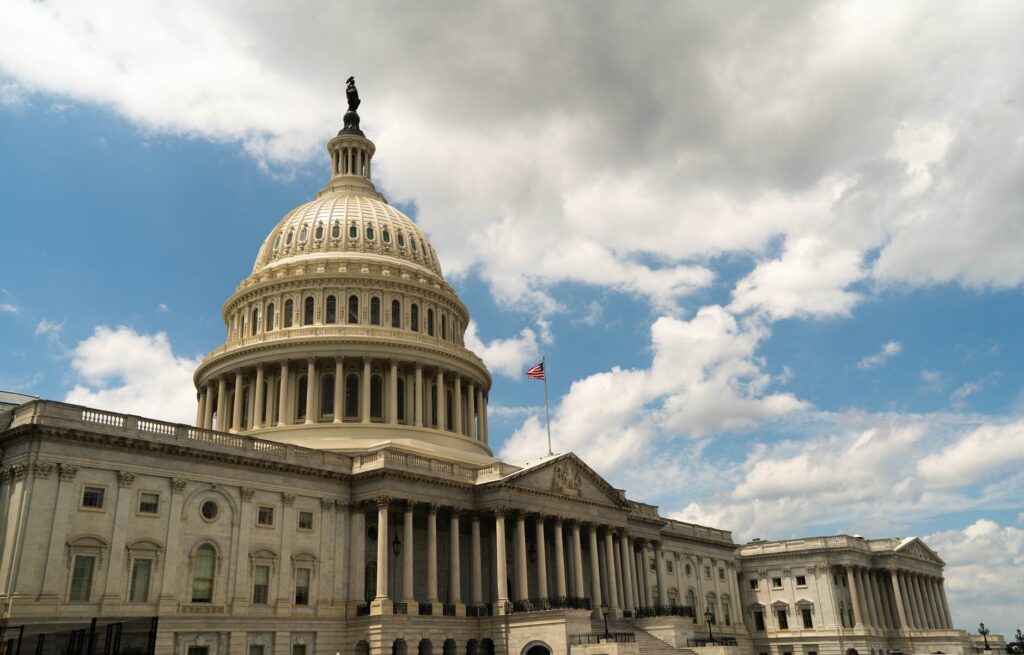
For the past four years, Republicans’ main focus has been defining Democrats and Biden policies. The communications and policy environment is about to dramatically change in the new Congress as Republicans now have the White House, Senate and House. This means that the focus can no longer be on Biden policies and their negative consequences. […]
Why Did The Democracy Issue Backfire On Democrats?

Throughout the presidential campaign, Democrats made democracy a major theme of their campaigns. Exit polls showed that in a choice of five issues, the two most important were “state of democracy” at 34%, and the economy at 31%. Abortion was a distant third at 14%, closely followed by immigration at 12%, and foreign policy at […]
Ideology Of The Presidential Candidates
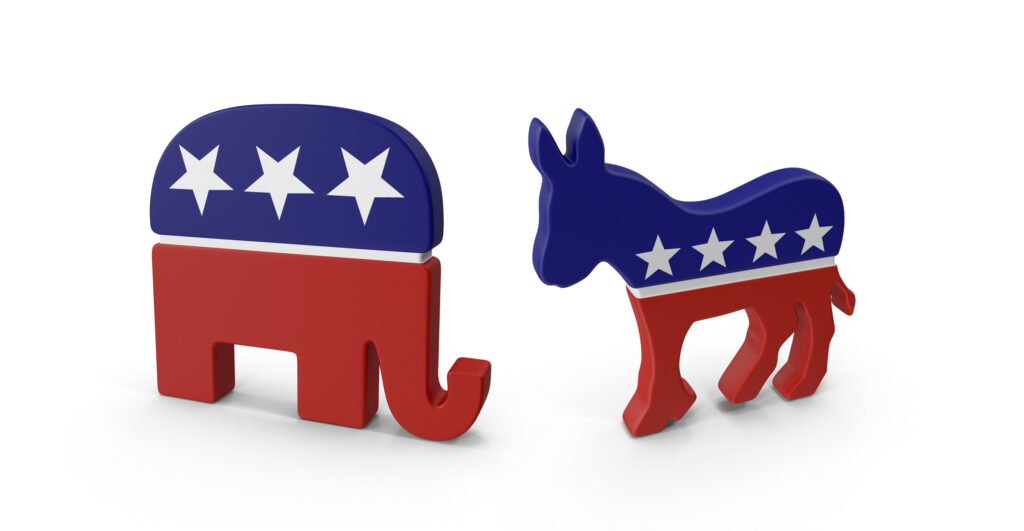
In the aftermath of the election, Democrats are pointing fingers about who was to blame for the billion dollar campaign disaster. There is some recognition that Democrats were out of touch, and that they need to overhaul the party’s messaging. But at the heart of the messaging disconnect was that Kamala Harris and the Democratic […]
America’s New Third Party: Democrats

One of the questions we’re asked most frequently is whether there is room for a third party. Given the result in the 2024 election, there may be a new one on the political scene. As we highlighted in last Friday’s Discussion Points, the 2024 election produced a historic low for Democrats, continuing a decline from […]
The Electoral College Trigger
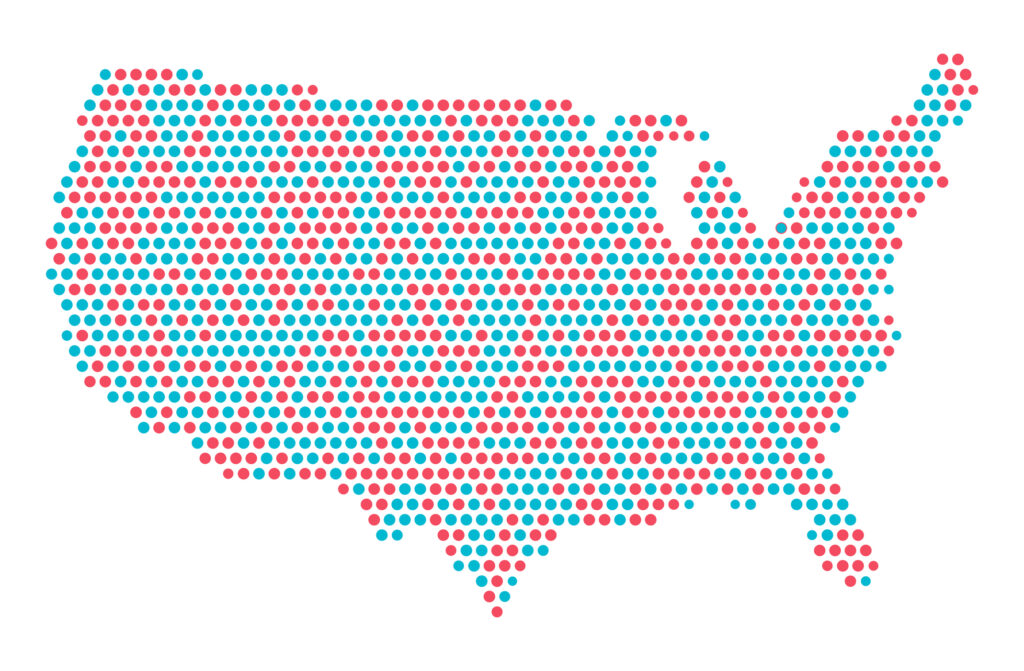
One of the questions we are asked the most is about why polls were wrong in the 2016 election that saw the “surprise” win for Trump. Polling averages had shown significant leads for Clinton, but the race tightened during October; polls not in the field toward the end missed the movement toward Trump, with the […]
Comparing The Republican And Democrat Education Platforms
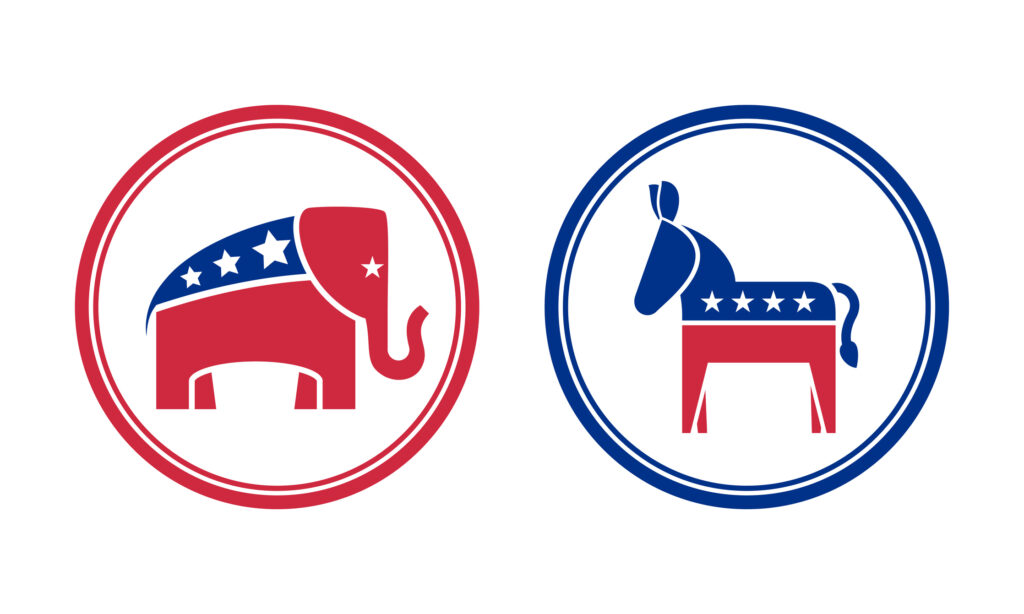
With the release of the Democratic Party’s 2024 platform for the start of their convention today, this week we take a look at how the Democrats’ platform compares with the Republicans’ on education. The Democratic Platform: Education comes as part of the third chapter, “Lowering Costs;” the section addresses positions spanning through the education system from […]
Biden Underperforms Senate Candidates
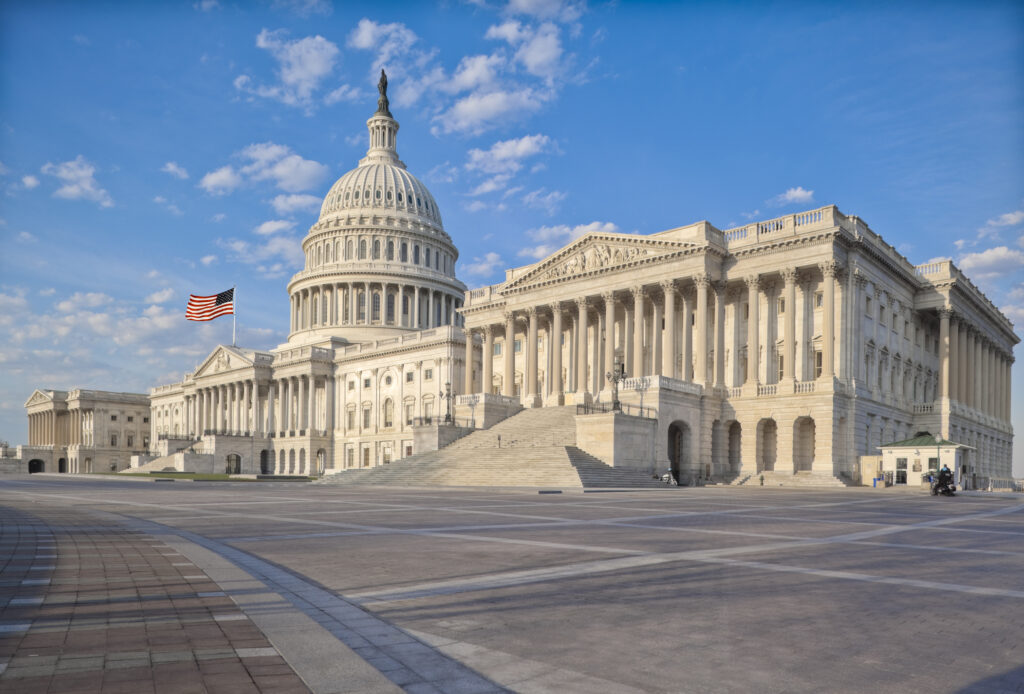
Democrats are in full scale panic as polling nationally and in battleground states show the President in trouble, and in several cases, underperforming Congressional candidates. A new Wall Street Journal analysis shows Biden underperforming Senate candidates by 9 points. According to the WSJ, “What’s the opposite of presidential coattails? Presidential ankle weights? Whatever you call them, Joe Biden […]
